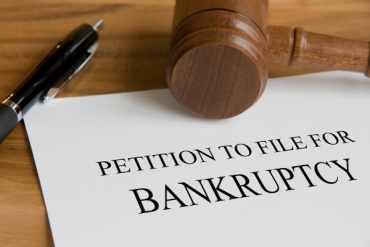Bankruptcy is a legal process involving an individual or business that is unable to pay their outstanding debts. A petition is filed with the court by the person unable to pay their debts. The debtor’s assets are measured and evaluated, and a portion of those assets could be used to pay a portion of any outstanding debts. The debtor is then relieved of their debts. Prior to 2005, laws made filing for and being granted bankruptcy quite simple and as a result, many people used this as a way to dispose of consumer debt. In 2005, laws were changed to make it tougher to qualify for bankruptcy. One of the major changes that came about is known as means testing.
Means testing is a way to determine whether a person’s income is low enough to allow them to file for Chapter 7 bankruptcy, which virtually eliminates all debt. Means testing is designed to limit the use of bankruptcy to only those who truly can’t pay their debt. Means testing applies only to individuals, not to businesses. Means testing deducts certain monthly expenses from monthly income to arrive at disposable income. It is then determined if disposable income is high enough to pay off the debt. Current monthly income, for the purpose of the means test, is defined as the average income over the last 6 months prior to filing bankruptcy. Current income includes wages, net income from a business, interest and dividends, pension or retirement, child and/or spousal support, unemployment, worker’s compensation, disability payments and annuity payments.
Once current monthly income is determined, it will be compared to the median household income for a household of the person’s size in the person’s state. If the income is below the median income, the person has passed the means test. Nothing further needs to be calculated to determine they meet the means test. If the current monthly income is above the median, means testing will continue. Means testing will look at monthly expenses, such as rent or mortgage payment, car payment, medical expenses, food and clothing, utilities, transportation costs, taxes, life insurance, health insurance, education, child care, and child support. Those expenses will then be deducted from current monthly income to determine disposable income.
Once disposable income is determined, it can then be determined if a person is eligible for Chapter 7 bankruptcy. Generally, the higher the disposable income, the less likely a person will qualify. The amounts used for means testing vary from state to state. Many websites about bankruptcy, including bankruptcy attorney sites, have online calculators that allow a person to enter their zip code as well as information related to income and expenses to determine if they can pass the means test. Additionally, many bankruptcy attorneys offer free consultations to help determine eligibility for bankruptcy.

